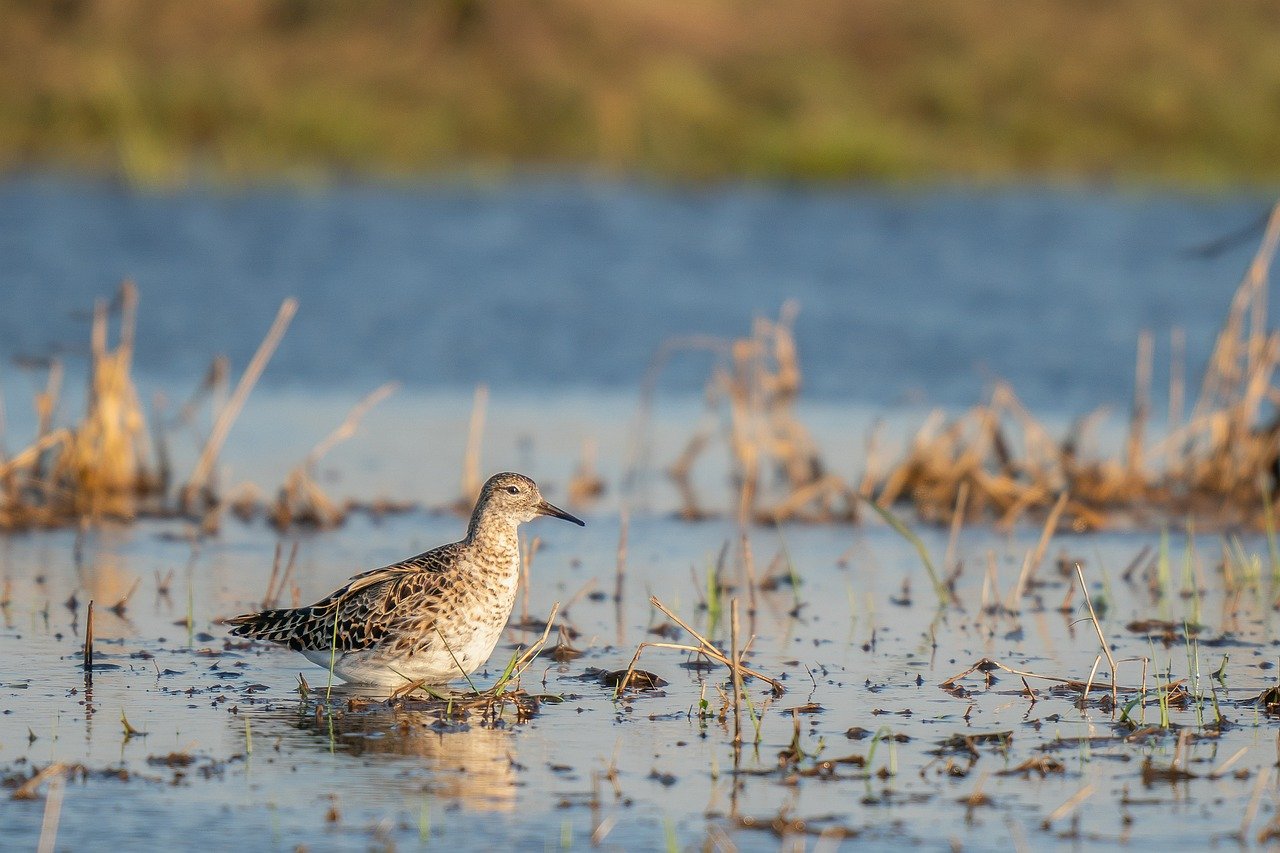Samhäckande vadare pa strandängar i sydvästra Sverige: Predationsskydd eller habitatval?
DOI:
https://doi.org/10.34080/os.v5.23011Nyckelord:
häckningsbiologi, predator-bytesinteraktion, interaktion mellan predator och byte, häckningsframgång, mellanartsinteraktionAbstract
It has been observed that non-aggressive waders breed close to aggressive waders because of the predator protection that the latter may provide. We studied the association, breeding success, and habitat selection of three non-aggressive species (Tringa totanus, Calidris alpina schinzii and Philomachus pugnax) in an area where two aggressive species (Vanellus vanellus and Limosa limosa) also bred. We analysed four predictions that ought to be valid for the non-aggressive species if they obtained protection by breeding close to the aggressive ones: they would (1) breed at the same time, (2) prefer to breed within the territories of the aggressive species, (3) show higher breeding success within than outside the territories of the aggressive species, and (4) not differ from the aggressive species in habitat selection. We found no support for any of the predictions. Instead we found that the non-aggressive species selected higher vegetation for their nest sites. Thus, the better nest protection of higher vegetation was more important than predator protection given by the aggressive species.
Nedladdningar

Downloads
Publicerad
Referera så här
Nummer
Sektion
Licens
Författaren/författarna innehar copyright för varje enskilt bidrag, men samtliga bidrag är publicerade under en Creative Commons-licens, så att vem som helst kan dela och återanvända bidraget förutsatt att copyright-innehavaren erkänns.







